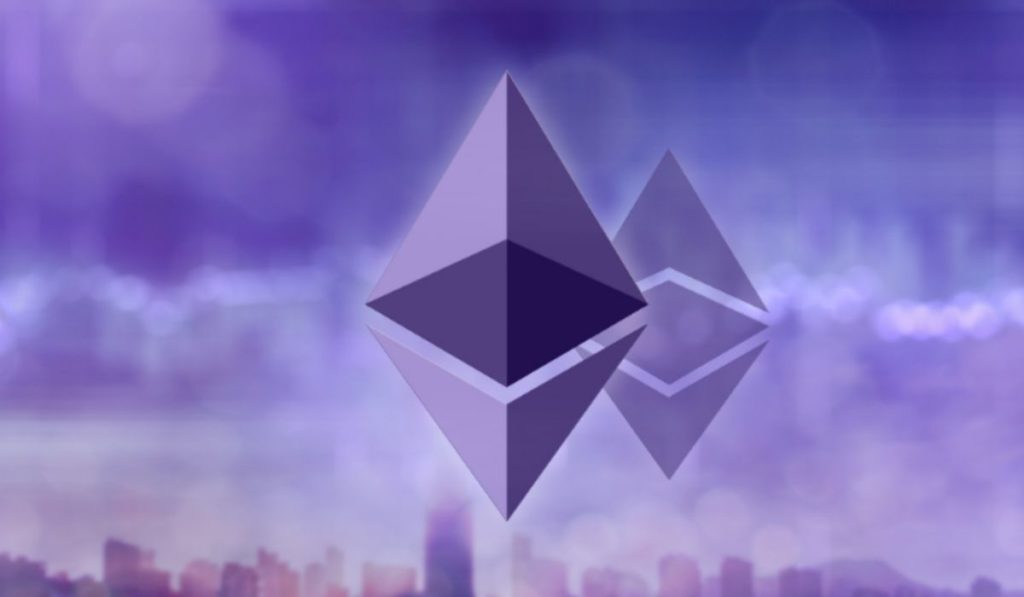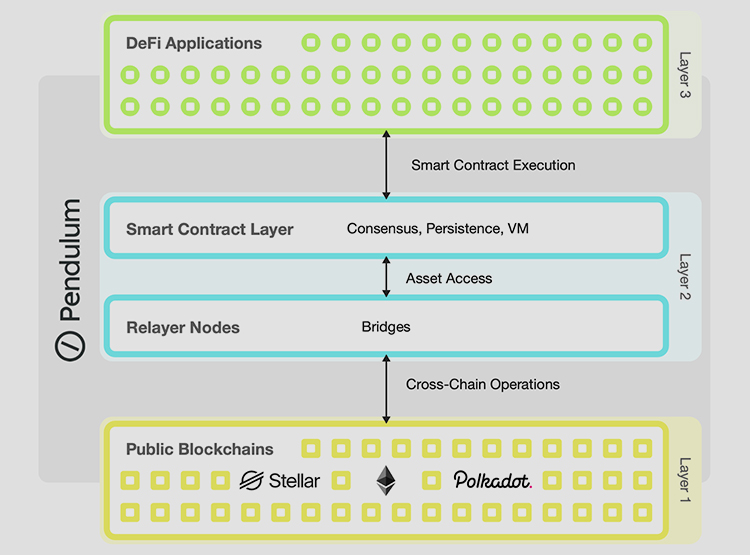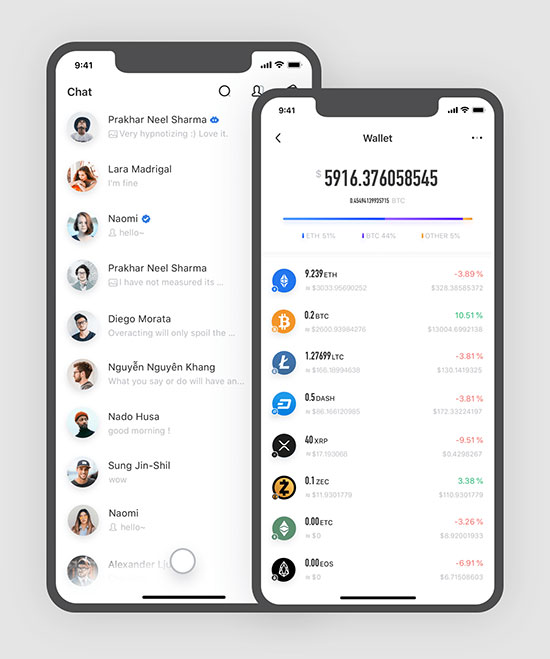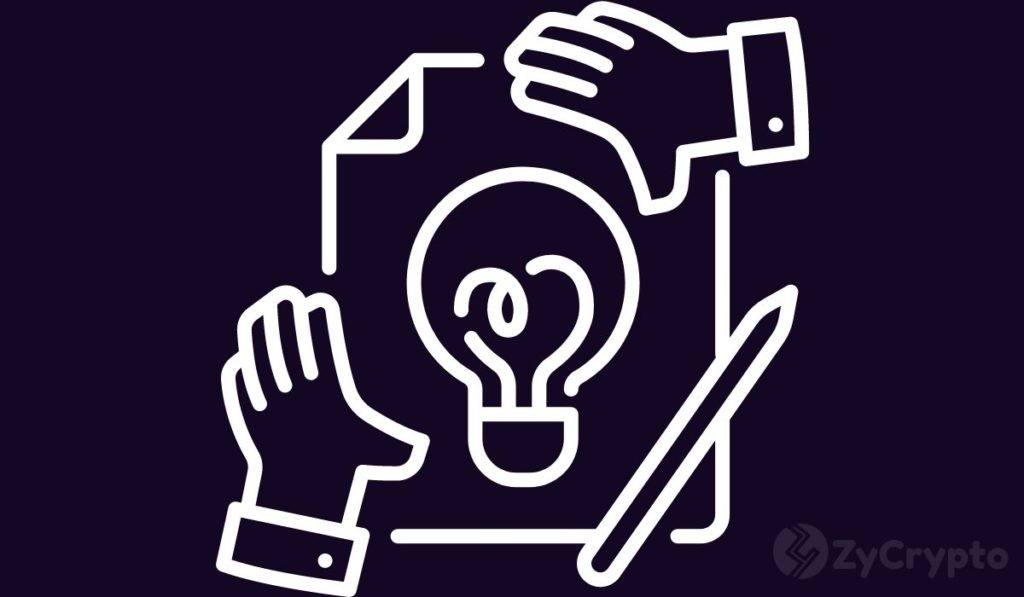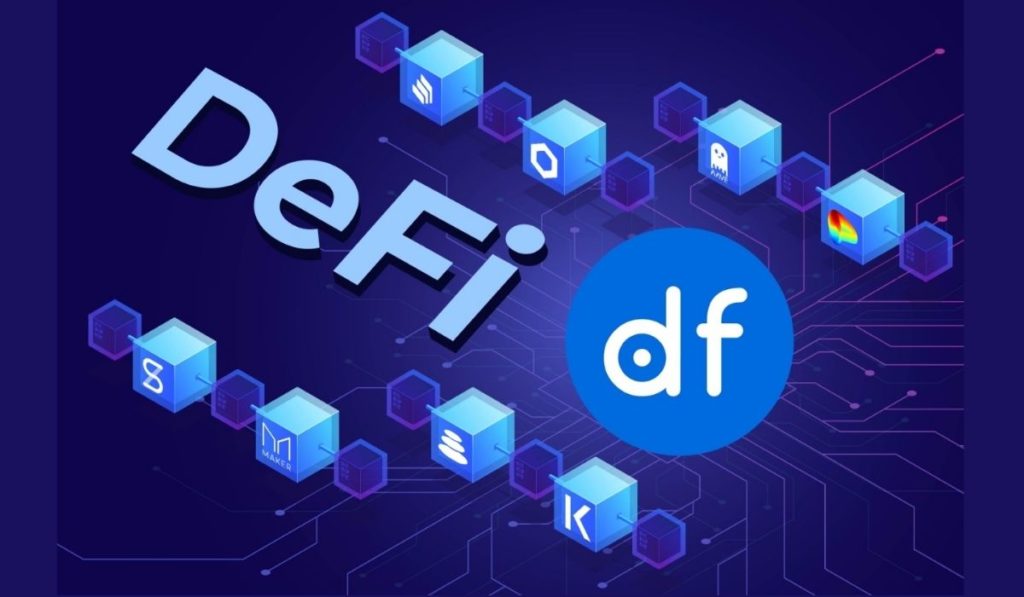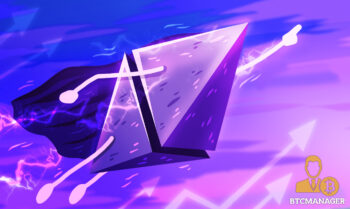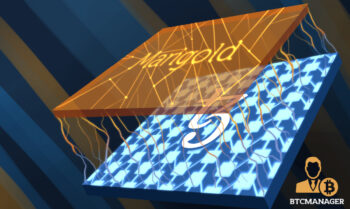
2021-9-2 16:15 |
The Lightning Network is Bitcoin’s Layer-2 scaling solution.
Polkadot is a Layer-2 platform that solves Ethereum’s scalability issues.
If you have paid even a little bit of attention to cryptocurrencies or blockchain, you must have come across terms like Layer-1 and Layer-2 protocols. Wondering what these layers are and why they exist in the first place? Let’s find out.
Why Do We Need Layers?Blockchain is a unique combination of multiple already existing technologies – cryptography, game theory, etc. – with a large number of potential applications. Cryptocurrencies are just one of them. It brings efficiency, transparency, and security to remove intermediaries, bring down the costs, and bring efficiency.
The distributed ledger technology (DLT) stores information verified by cryptography among a group of users, agreed through a predefined network protocol without a central authority oversight. It’s the marriage of these technologies that bring trust between people or parties who otherwise have no reason to trust one another. They enable blockchain networks to securely transfer value and data directly between users.
Blockchains need to be highly secure in the absence of a centralized authority. And they need to be highly scalable to accommodate a rapidly growing number of users, transactions, and other data. It’s the need for scalability while maintaining top-notch security that gave rise to layers.
The Four LayersAcademics haven’t yet finalized the conceptual models of blockchain networks yet. But, in essence, a blockchain network comprises four layers that each add different components to the ecosystem.
Layer ZeroLayer zero is made up of things that form the groundwork making blockchain a reality. It’s the infrastructure required to support Bitcoin, Ethereum, and other blockchain networks. Layer zero components are the Internet, hardware, and connections that enable smooth operations of Layer-1.
Layer-1This is the base layer that relies on its immutability for security. When people say the Ethereum network, they are referring to Layer-1. This layer is responsible for consensus mechanisms, computing language, block time, dispute resolution, and the rules and parameters that ensure the base-level functionality of a blockchain network. It is often referred to as the implementation layer.
To give you a concrete example, Minima is a fully decentralized blockchain for transferring information and value. Its ultra-lean protocol easily fits onto your smartphone and IoT devices, enabling every user to run a full constructing and validating node.
The Minima blockchain has two layers. Its base verification layer aka Layer-1 is called Minima, which doesn’t scale. It’s slow but secure. The Layer-2 solution is called Maxima, which brings scalability.
Without the scalability of L2, the Minima blockchain would face the same issues of low transaction speed and high gas fees that haunt Ethereum. Scalability refers to the number of transactions per second a layer can handle. Having two different layers enables Minima to facilitate blazing fast transactions while keeping the fees low.
Layer-2L2 solutions are the overlaying networks that lie on top of the base layer. Protocols use Layer-2 to boost scalability by taking some of the interactions away from the base layer. So, smart contracts on the main blockchain protocol only handle deposits and withdrawals and verify that the off-chain activities have obeyed the rules.
There are a variety of different Layer-2 technologies such as sidechains, ZK rollups, Optimistic rollups, Plasma framework, and more to overcome the main blockchain’s scalability limitations and operational difficulties.
In the example we discussed above, Minima’s Layer-2 solution Maxima is the transactional layer that is fast and scalable. Maxima is where most of the peer-to-peer interactions take place between users.
Layer-3Layer-3 is often referred to as the application layer. The L3 projects mask the technical details of the communication channel and serve as a user interface. It’s the L3 applications that create real-world use cases for blockchains.
Continuing our example of Minima, decentralized apps built on Minima are Layer-3 projects. Minima’s coding platform allows developers to easily build dApps using simple web-native coding languages (Javascript and HTML5) for a variety of use cases.
ConclusionThere you have it: An overview of various layers of a decentralized network without too much technical jargon. L1 is the base infrastructure layer the decentralized systems are built upon. L2 resolves the scalability issues by taking some of the activity off-chain to facilitate fast and cheap transactions. Most of the Layer-3 projects are decentralized applications that we interact with.
origin »High Performance Blockchain (HPB) íà Currencies.ru
|
|
